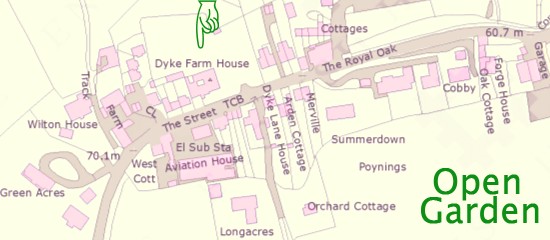
Donations on the gate in aid of the Martlets Hospice and Brighton Festival Chorus.


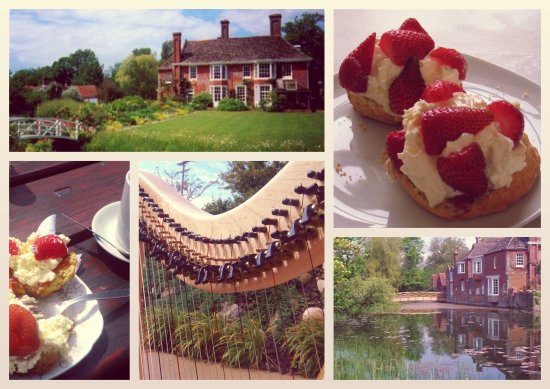
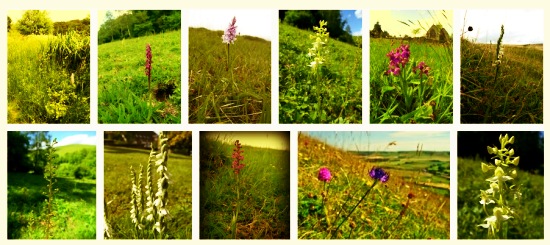
Orchid expert Peter Lovett is offering a unique experience at Saddlescombe Farm this year where those interested in orchids as a species can learn more about these amazing plants. Details here.
Tuesday, 20 June 2016 10:30am–1:30pm — early booking essential, 01273 857981. The Wolstonbury orchid safari has already sold out. [Check the times when you book — they are different from last year and may be a mistake.]
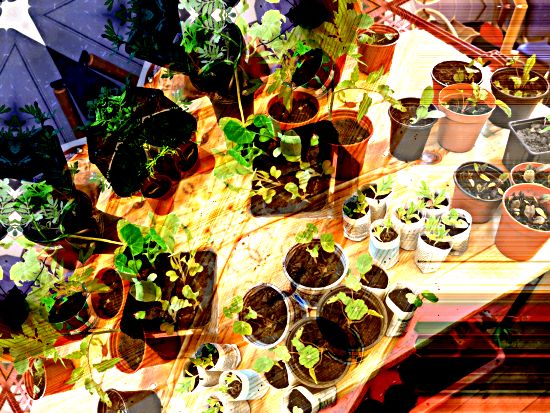
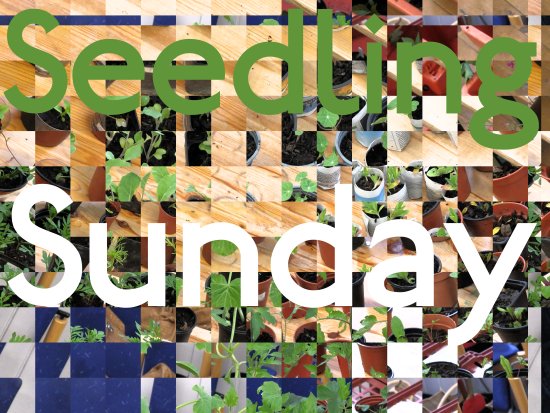
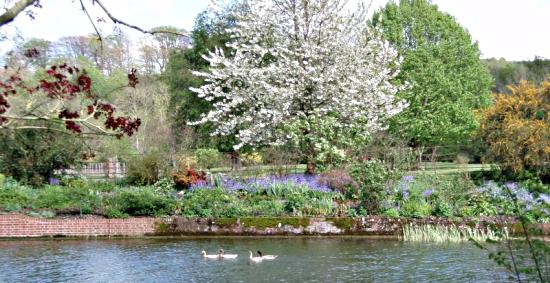
The gardens at Newtimber Place will be open as part of the NGS (National Gardens Scheme) on Sunday 23rd April between 2pm and 5.30pm. The gardens are lovely at this time of year with stunning daffodils and beautiful fritillaries. Beautiful Grade I listed C16/C17 moated house (not open). Gardens and woods full of bulbs and wild flowers in spring. Herbaceous border and lawns. Moat flanked by water plants. Mature trees. Wild garden, ducks, chickens and fish. Tea and home made cakes in aid of the church. There are ducks, chickens and guinea fowl wandering around so dogs need to be kept on a lead. Admission £4.00, children free.

We have lived at Furzefield in Clappers Lane for 24 years and every year, as Spring approaches, it is a delight to see Crocus, Daffodil, Primrose and Snowdrop appearing.
Apart from the annual display of bluebells we have had the pleasure of living with many species of tree, including Oak, Hazel, Field Maple, Scots Pine, Spindle, Holly, Ash, Yew, Silver and Copper Birch.
The wild life has been extensive: mammals include Badger, Roe Deer, Grey Squirrel, Stoat, Weasel, Rabbit, Harvest and Field Mouse, Pigmy and Common Shrew, Bank Vole, Pipistrelle, Noctule and Serotine Bat. We have Common Lizard, Toad and Frog, Smooth Newt, Grass Snake, Glow-worm and Slowworm. Butterflies have numbered 27 different types including Purple Hairstreak and Clouded Yellow. Dragonflies are numerous.
Wild flora, as well as those already mentioned, Foxglove, Greater Stitchwort, Red Campion, Wood Anemone and Violet. One of the biggest attractions has been the birdlife, some 80 different species; the star turns being single sightings of Wryneck, Lesser Spotted Woodpecker and Kingfisher. I should add the Hummingbird Hawk Moths.
It has been our aim to preserve the wildlife and manage the flora and although this means quite a lot of effort, the results have been very rewarding. The badgers are always entertaining and there are good views most evenings, particularly as the days lengthen.
As for the bluebells, some years are better than others, 2016 being particularly good but even in a bad year the display and scent are pretty impressive. It has been our pleasure to have villagers, their families and friends wander around at bluebell time, usually end of April and beginning of May.